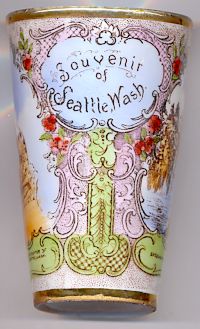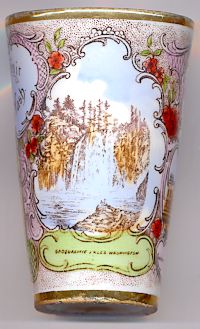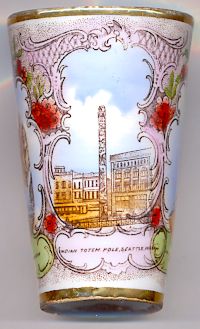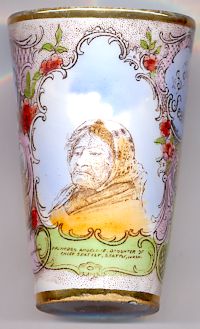

|
| UNITED STATES OF AMERICA | |
| WASHINGTON | |
| King County |

|
Seattle, the state capital of Washington and seat of King county, is situated between
Puget Sound and Lake Washington, nearly 108 miles (174 km) south of the United States–Canadian border.
As of 2004, the population estimates of the city given by the U.S. Census Bureau was 571,480; the estimated
population of the Seattle metropolitan area is estimated at almost 3.8 million.
The history of Seattle goes back to the arrival of the Denny party, the most prominent of the area's early white settlers, who arrived at Alki Point on November 13, 1851. They relocated their settlement to Elliott Bay in April 1852. The first plats for the Town of Seattle were filed on May 23, 1853. The city was incorporated in 1869, after having existed as an incorporated town from 1865 to 1867. Seattle was named after Noah Sealth, chief of the Duwamish and Suquamish tribes, better known as Chief Seattle. Previously, the city had been known as Duwamps (or Duwumps). Major events in Seattle's history include the Great Seattle Fire of 1889, which destroyed the central business district (but took no lives); the Alaska-Yukon-Pacific Exposition of 1909, which is largely responsible for the current layout of the University of Washington campus; the Seattle General Strike of 1919, the first general strike in the country; the 1962 Century 21 Exposition, a World's Fair; the 1990 Goodwill Games; and the WTO Meeting of 1999, marked by street protests. [Text adapted from http://en.wikipedia.org/wiki/Seattle,_Washington]
| The first picture on tumbler no.B045 [right] shows a view of Snoqualmie Falls, about 32 miles (50 km) east of Seattle. 

The [Text adapted from http://www.cr.nps.gov/nr/travel/seattle/s26.htm]
|
[Text adapted from http://en.wikipedia.org/wiki/Princess_Angeline] 
| |||||||
![[scale]](lineal.jpg)